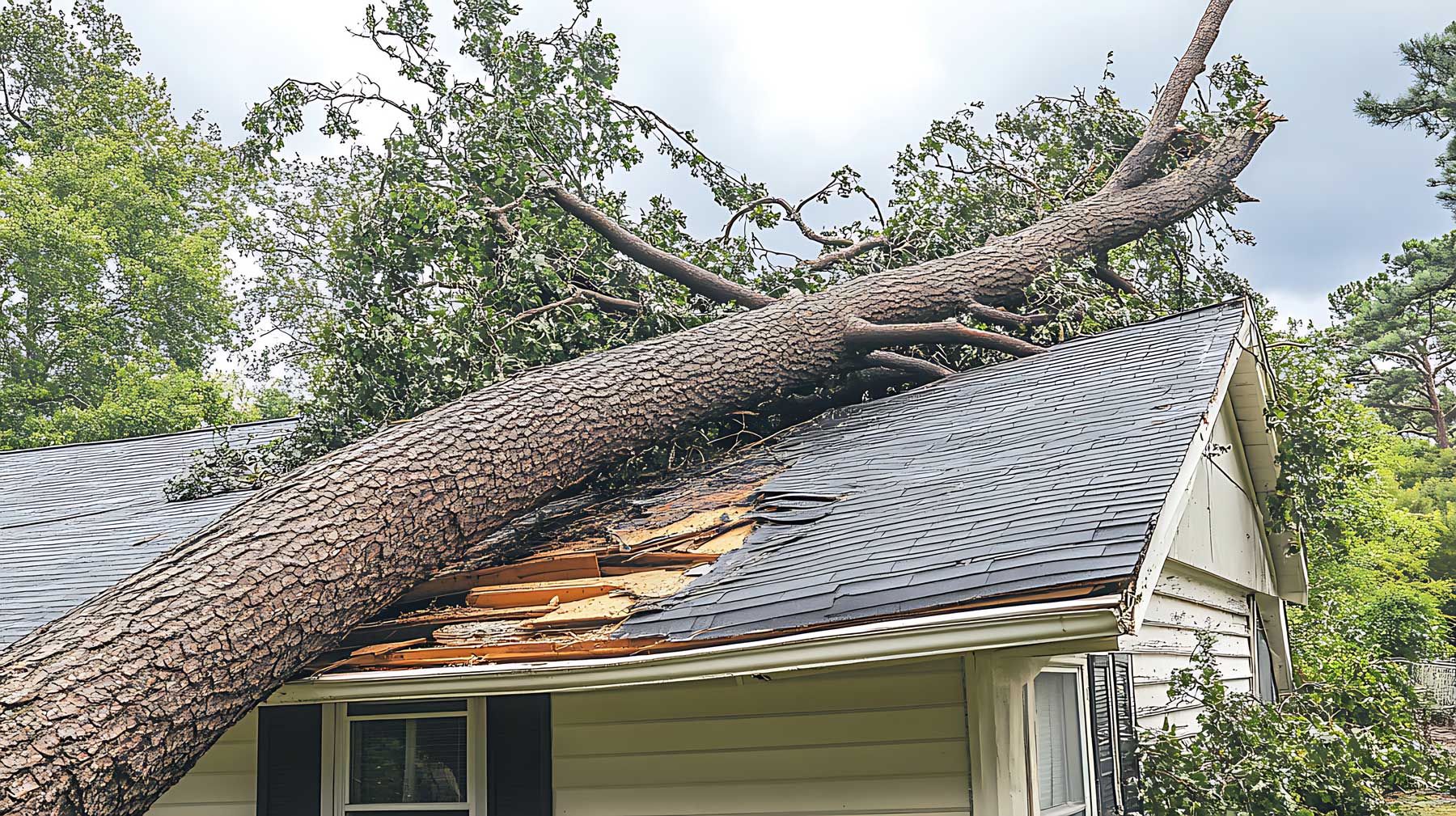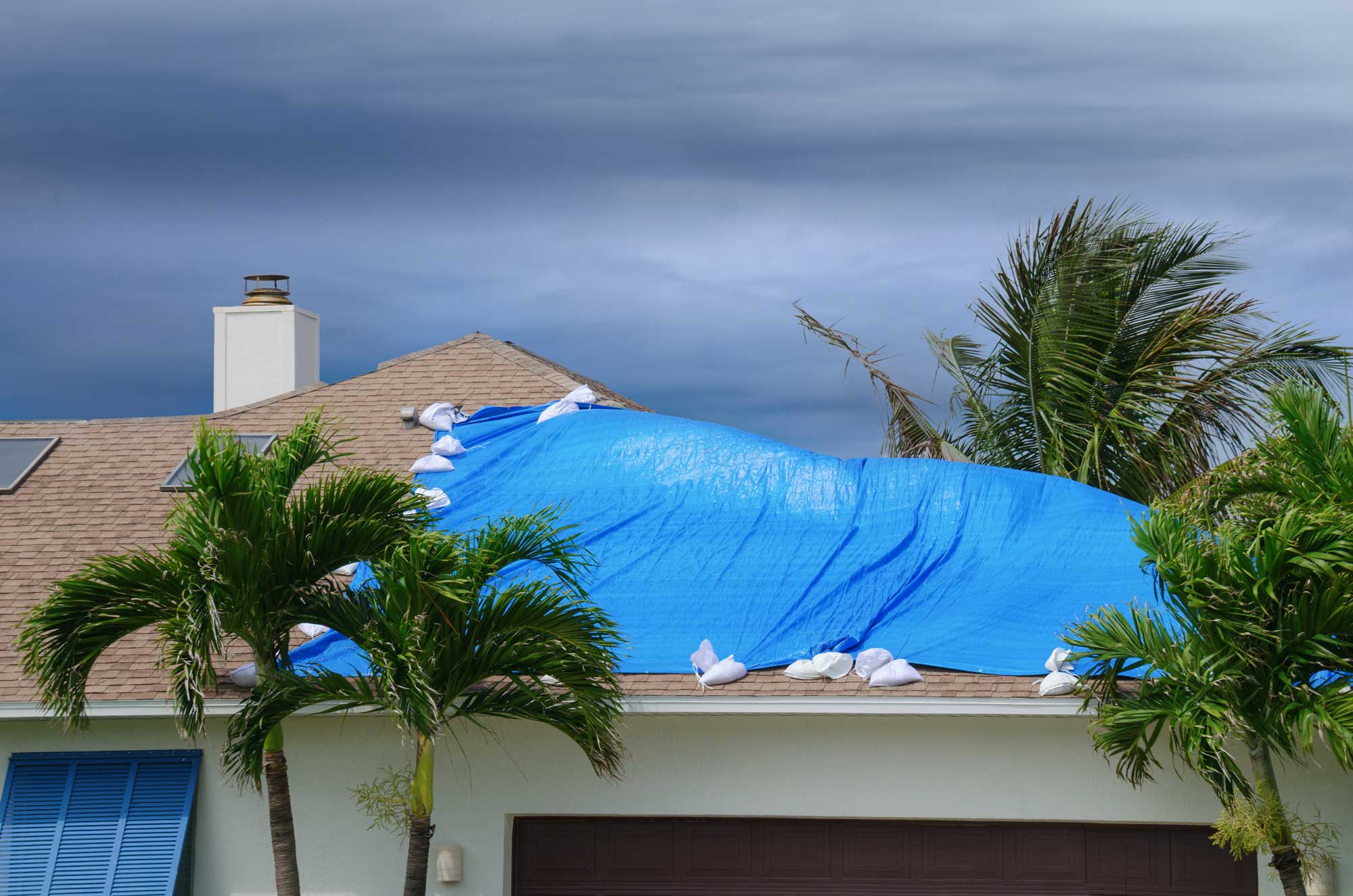Homeowners facing storm damage need clarity and confidence when handling insurance claims. This guide explains the entire process—from understanding storm damage claims to finalizing your submission—with research-backed insights and actionable strategies. Learn how to protect your property, properly document damage, and communicate effectively with insurance adjusters for optimal reimbursement.
Key Takeaways
- Understanding your claim process increases negotiation confidence.
- Thorough documentation accelerates claim processing and approvals.
- Reviewing your policy details prevents future coverage gaps.
- Timely initiation and strategic negotiation improve settlement outcomes.
- Finalizing your claim with follow-up actions secures peace of mind.
1. Understanding Storm Damage Claims for Homeowners’ Peace of Mind – Clarifying Your Rights and Process
Understanding storm damage claims means knowing the types of damage covered, your insurance policy details, and the appropriate steps to follow after a storm, including considering professional storm damage restoration services. Homeowners must recognize that storm damage claims cover wind, hail, water intrusion from heavy rains, and debris damage. For example, research from the Insurance Information Institute in 2022 noted that 63% of claims are processed faster when homeowners document initial damage promptly. This knowledge improves negotiation confidence with adjusters and prevents fraudulent claim practices.
This initial understanding serves as the foundation and builds a framework that will be essential in later steps. Informed homeowners are better prepared to articulate the extent of damage, reference deductibles, and cite coverage limitations detailed in their policy.
2. Preparing for a Storm Damage Claim – Documenting and Organizing Critical Evidence
Preparing for a storm damage claim begins by gathering compelling evidence of the damage. Homeowners should immediately document all damage by taking clear photographs, videos, and detailed notes; these serve as crucial proof when negotiating with insurers. A 2021 study by the National Association of Insurance Commissioners (NAIC) concluded that claims with thorough documentation are resolved 30% faster and result in more accurate reimbursements.
Additionally, collecting receipts, repair estimates, and invoices from contractors strengthens your claim. Organize these documents in a dedicated file, and note the timeline of events from the storm to repair investments, ensuring that every piece of evidence is readily accessible for your insurer’s review.
3. Reviewing Insurance Policies and Coverage Options – Analyzing Your Policy for Optimal Benefits
Reviewing insurance policies means carefully reading your homeowners insurance to understand your deductible, limits, exclusions, and special provisions for storm-related damages. Many policies include specific clauses for wind, hail, or water damage that could affect claim outcomes, and a detailed review helps identify what expenses will be reimbursed. According to a 2020 report by J.D. Power, homeowners who thoroughly review their policies are 25% more likely to secure full claim reimbursements.
Compare your policy with options available on the market, such as extended coverage or endorsements, which may offer additional benefits in the event of storm damage. This review not only clarifies your rights but also highlights potential gaps in coverage that might otherwise delay claim processing.
4. Initiating the Claims Submission Process – Contacting Your Insurer and Filing Timely Claims
Initiating the claims submission process involves promptly contacting your insurance carrier and filing a formal claim report. Homeowners must report damage as soon as possible, ideally within 24 to 72 hours after the storm, to comply with policy timelines. Data from a study by the Insurance Research Council (IRC) in 2021 indicates that initiating claims within this timeframe increases claim approval rates by 20%.
When filing a claim, clearly explain the damage extent, reference your documented evidence, and confirm all policy numbers and adjuster contacts. Maintaining a record of all communications—including emails, phone calls, and meeting notes—reinforces your position and ensures transparency in the claim process.
5. Strategies for a Successful Storm Claims Experience – Communicating Effectively and Negotiating Fair Settlements
Strategies for a successful storm claims experience rely on effective communication, thorough record-keeping, and leveraging expert guidance. Always remain proactive when discussing settlement offers with insurance adjusters—state your documented losses, reference industry studies, and do not hesitate to consult a public adjuster or lawyer if necessary. For example, research by the Property Claims Journal (2022) found that policyholders who engaged in direct negotiations with their adjuster received an average of 18% higher settlements.
It is crucial to maintain a professional attitude and persistent follow-up. Use data from repair estimates and third-party evaluations to reinforce your claim. In addition, utilizing independent experts in property damage assessment can provide an impartial evaluation that supports your documented claims and helps to negotiate better reimbursement values.
Detailed list of strategies
Key strategies include: • Keeping a detailed timeline of all communications. • Obtaining multiple repair estimates. • Consulting with certified public adjusters or insurance lawyers when the settlement offer is low. • Preparing a negotiation checklist that covers essential claims details. • Regularly reviewing claim status updates with your insurance carrier.
6. Final Steps to Secure Homeowner Peace of Mind – Final Adjustments, Reimbursements, and Follow-up Actions
Final steps to secure homeowner peace of mind involve confirming receipt of reimbursement, obtaining a formal settlement letter, and scheduling timely repairs. Ensure that the final claim amount reflects all documented losses and that any outstanding adjustments are negotiated before the claim closes. A survey conducted by the National Storm Mitigation Association in 2023 revealed that homeowners who performed a final review of their settlement documents experienced 95% satisfaction with the reimbursement process.
Once the claim is settled, carefully file all records and repair receipts. Follow up with your insurance carrier regarding any potential premium adjustments and inquire about additional services such as temporary housing allowances if needed. These final actions ensure that homeowners are fully protected and prepared for future storm events.

Comparison Table of Key Storm Damage Claim Steps
This table summarizes the six key steps in the storm damage claims process, outlining primary tasks, benefits, and supporting research data. It serves as a quick reference guide to help homeowners verify that every necessary action has been taken.
| Step | Main Task | Key Benefit | Research/Data |
|---|---|---|---|
| 1 | Understanding Claims | Increases processing speed and negotiation confidence. | 63% faster processing (Insurance Information Institute, 2022) |
| 2 | Preparing Documentation | Enhances claim accuracy and approval rates. | 30% faster resolution (NAIC, 2021) |
| 3 | Reviewing Policies | Identifies vital coverage details and deductibles. | 25% higher reimbursement (J.D. Power, 2020) |
| 4 | Initiating Claims | Improves compliance with policy timelines. | 20% higher approval (IRC, 2021) |
| 5 | Effective Negotiation | Secures higher settlement values. | 18% increase in offers (Property Claims Journal, 2022) |
| 6 | Finalizing the Claim | Ensures full reimbursement and documented settlements. | 95% satisfaction (National Storm Mitigation Association, 2023) |
This comparative table reinforces each step’s impact on effective storm damage claims. Notice how timely documentation and strategic negotiation can dramatically improve your results.
How soon should I file a storm damage claim?
It’s best to file your claim within 24 to 72 hours after the storm to comply with your policy’s terms and ensure timely processing.
What types of storm damage are typically covered?
Depending on your policy, coverage may include wind, hail, water intrusion, and structural damage. Always review your insurance policy for specific details.
How can I improve my claim’s approval rate?
Document all damage thoroughly, including photos and videos, and follow up regularly with your insurance representative to ensure nothing is overlooked.
Do I need professional help for negotiations?
If the settlement offer seems low, it may be helpful to consult a public adjuster or an insurance attorney to advocate on your behalf.
What steps should finalize my claim successfully?
Ensure all documents are finalized, reimbursements received, and follow-up actions completed with your insurer.
Mastering storm damage claims empowers homeowners with reliable approaches to secure adequate reimbursements. Each step—from early documentation to final follow-up—builds confidence and minimizes additional financial stress. Using research-backed strategies enhances every phase of the claims process. Homeowners who prepare diligently are best positioned to protect their investments and secure lasting peace of mind.
If you’re ready to take the next step in your storm damage claim, Tidal Restoration is here to help. Our experienced team specializes in guiding homeowners through every phase of the restoration and insurance process—from initial assessment and documentation to final repairs and claim resolution. Don’t navigate the aftermath alone. Contact Tidal Restoration today for a free consultation and let us help you restore your property with confidence and peace of mind.

